Ladies and gentlemen, Thank you very much.
As many of you are aware, since I joined the PDAC Board in 2004, I have been actively advocating for greater participation by aboriginal peoples in our industry and greater co-operation between companies and communities. Thor Lake has provided an opportunity to practice what I have been preaching and for Avalon to actively implement some of the community engagement principles of E3 Plus that PDAC has been encouraging all of its members to adopt.
In this regard, I have been very fortunate to have Bill Mercer, another vocal advocate for better CSR practice in our industry, as a committed and inspirational partner.
Perhaps the two most successful and innovative initiatives were the driller helper training program which is a largely a tribute to Bill’s prodigious energy and enthusiasm and the Naming Ceremony an ambitious undertaking organized by our equally energetic community advisor in Yellowknife, David Connelly.
























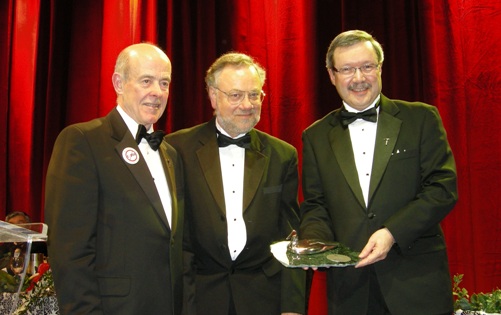
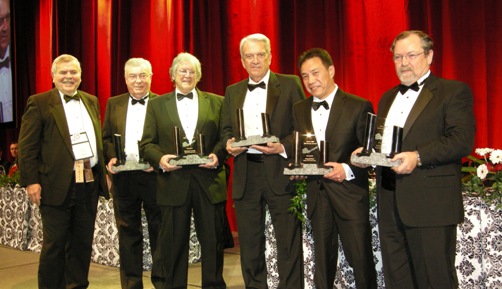
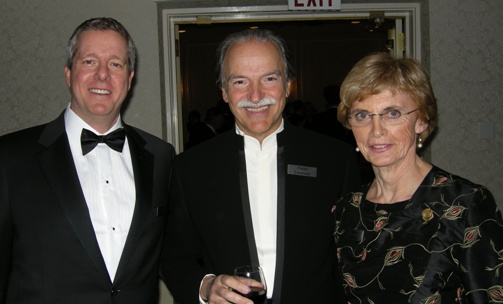 Like the recent record setting price of gold and the stock market recovery, the general mood at the annual Canadian Mining Hall of Fame dinner at the Fairmont Royal York Hotel a few weeks ago in Toronto, was upbeat, bright and a turnout. Master of ceremonies Pierre Lassonde, Chairman of Franco Nevada Corp. – the Billy Crystal of the mining sector – was practically “giddy” discussing the high price of gold and Tiger Wood’s problems. “Gold miners never had it so good, like mosquitoes at a nudist colony” quipped Lassonde. He continued, “there is not enough mustard in the U.S. to cover that hot dog,” in reference to Tiger Wood.
Like the recent record setting price of gold and the stock market recovery, the general mood at the annual Canadian Mining Hall of Fame dinner at the Fairmont Royal York Hotel a few weeks ago in Toronto, was upbeat, bright and a turnout. Master of ceremonies Pierre Lassonde, Chairman of Franco Nevada Corp. – the Billy Crystal of the mining sector – was practically “giddy” discussing the high price of gold and Tiger Wood’s problems. “Gold miners never had it so good, like mosquitoes at a nudist colony” quipped Lassonde. He continued, “there is not enough mustard in the U.S. to cover that hot dog,” in reference to Tiger Wood.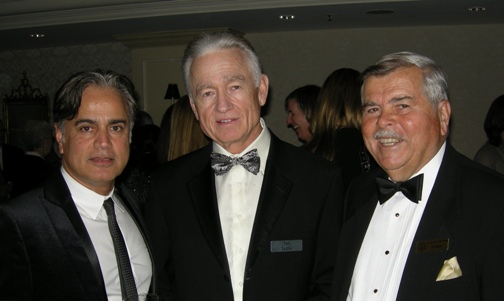
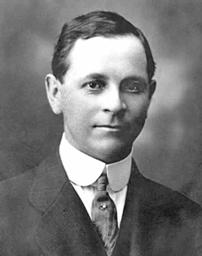 The Porcupine Gold Rush of 1909 was a transformative event in Canadian history, with three gold mines discovered by separate prospecting parties a few miles from each other. The rich discoveries made by Benny Hollinger (1885-1919), Sandy McIntyre (1869-1943) and John (Jack) Wilson (1872-1948) in northern Ontario wilderness led to the development of one of Canada’s premier mining camps and the founding of Timmins, the City with a Heart of Gold.
The Porcupine Gold Rush of 1909 was a transformative event in Canadian history, with three gold mines discovered by separate prospecting parties a few miles from each other. The rich discoveries made by Benny Hollinger (1885-1919), Sandy McIntyre (1869-1943) and John (Jack) Wilson (1872-1948) in northern Ontario wilderness led to the development of one of Canada’s premier mining camps and the founding of Timmins, the City with a Heart of Gold. Graham Farquharson has earned a reputation as a senior statesman of Canada’s mining industry by demonstrating a commitment to integrity, fairness and technical excellence throughout his career with Strathcona Mineral Services Limited, a consulting firm he created with two partners in 1974. He is one of the industry’s most prominent consultants, best known for taking on extraordinary challenges, including developing and managing Canada’s first mine north of the Arctic Circle and debunking an Indonesian property once believed to host the world’s largest gold deposit.
Graham Farquharson has earned a reputation as a senior statesman of Canada’s mining industry by demonstrating a commitment to integrity, fairness and technical excellence throughout his career with Strathcona Mineral Services Limited, a consulting firm he created with two partners in 1974. He is one of the industry’s most prominent consultants, best known for taking on extraordinary challenges, including developing and managing Canada’s first mine north of the Arctic Circle and debunking an Indonesian property once believed to host the world’s largest gold deposit.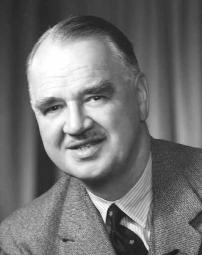 Victor Wansbrough served Canada’s metals mining industry with distinction for more than 20 years as the first full-time Managing Director of the Canadian Metal Mining Association (CMMA), the forerunner of the Mining Association of Canada. His appointment in early 1947 was a surprise, as he knew nothing about mining at a time when the industry faced serious challenges, notably a labor shortage and a gold mining industry in decline because of rising costs and a fixed gold price.
Victor Wansbrough served Canada’s metals mining industry with distinction for more than 20 years as the first full-time Managing Director of the Canadian Metal Mining Association (CMMA), the forerunner of the Mining Association of Canada. His appointment in early 1947 was a surprise, as he knew nothing about mining at a time when the industry faced serious challenges, notably a labor shortage and a gold mining industry in decline because of rising costs and a fixed gold price.